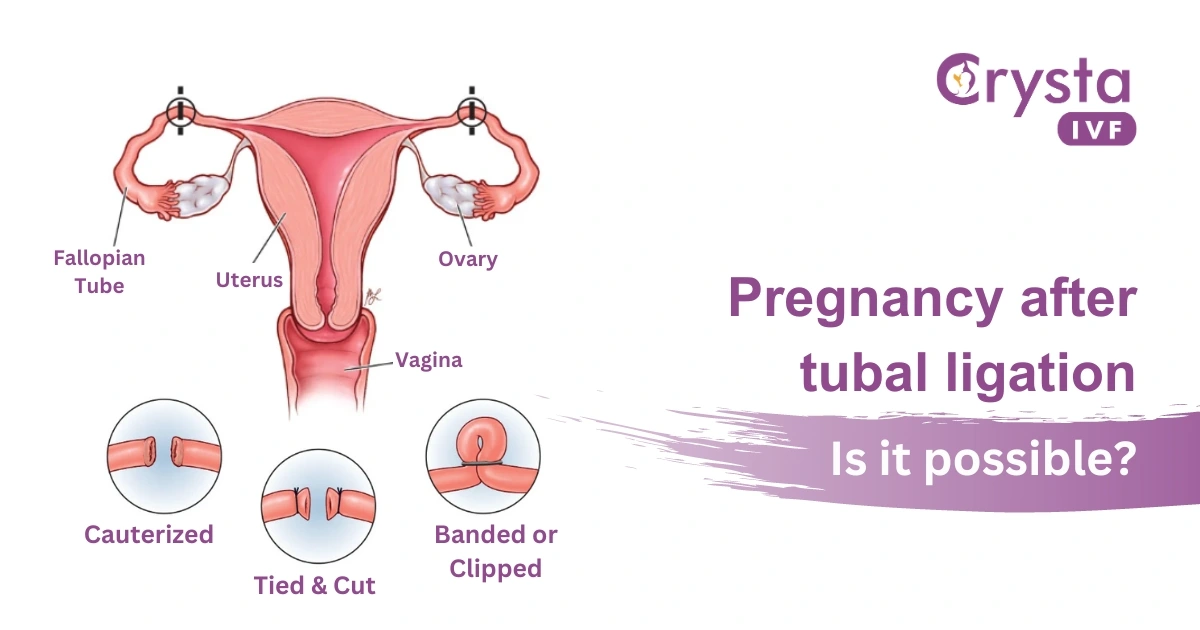Fibroids and Their Psychological Impact.
Fibroids are a largely hidden experience, and we fail to recognize their burden.
Reviewed by Ekua Hagan
KEY POINTS-
Though they can cause a wide range of symptoms and infertility, fibroid treatment options remain limited.
The fact that fibroids are under-discussed adds to the psychological stress of the women who carry them.
Individuals with fibroids need to listen to their bodies and be proactive about discussing symptoms with a gynecologist.
By Gali Hashmonay, MD, Associate Psychiatrist in the Department of Psychiatry at Brigham and Women’s Hospital
Fibroids are a common part of the female experience. These benign growths of uterine tissue will occur in 65 percent of women by age 50, and the prevalence is even higher in women of color. Despite this, the physical and psychological effects on women remain underappreciated in medicine and society. Similar to much of the reproductive female experience, there is limited research on fibroids, which leads to limited treatment options. In addition, fibroids remain a largely hidden experience. Not only does medicine fail to recognize their burden, but so does society in general.
Living with fibroids can range from asymptomatic to debilitating. Fibroids come in all shapes and sizes: their size, number, and location can have varying impacts on physical health and fertility. Whether large or small, fibroids have the potential to significantly impact mental health, and the limited acknowledgment of this impact only exacerbates the psychological toll.
The impact of physical symptoms and treatment
As a women’s mental health and reproductive psychiatrist, I have heard many accounts of how fibroids lead to psychological distress. Heavy and painful periods can limit daily functioning. Anemia secondary to fibroids can lead to fatigue and impact quality of life. Bloating secondary to fibroid size can range from uncomfortable to painful. The space that fibroids take up in the abdomen can impact other bodily systems: Gastrointestinal, musculoskeletal, neurological, and urinary symptoms can emerge as well. The weight of some fibroids can lead to pelvic floor dysfunction and impact one's sex life.
Despite these varied symptoms, the existing treatment of fibroids is limited. This is largely due to the fact that their etiology is not well understood. Surgical options, such as a myomectomy, are available, but often this option is only considered when fibroids are large enough to have caused months or even years of symptoms. While removal of the uterus, or a hysterectomy, is a more definitive cure, it is not an option for women wishing to preserve fertility.
Stress, shame, and anxiety
Fertility journeys are anxiety-inducing experiences on their own, for a myriad of reasons. Add unexpected uterine growths to the equation and anxiety can be, very understandably, exacerbated. The presence of certain types of fibroids can impact fertility, though the extent of their impact is not well-understood. Fibroids are also associated with early pregnancy complications and poor obstetrical outcomes. Living with fibroids, as well as the uncertainty around how much an individual's fertility or pregnancy might be impacted, can therefore be a source of chronic stress.
The fact that fibroids are under-discussed adds to the psychological stress of the women who carry them. Many women feel that they are suffering alone when they shouldn’t have to—symptomatic fibroids are common. Feeling that you are alone in an experience can increase the likelihood of experiencing shame. Our society is already quite critical of the female body and unforgiving of atypical reproductive experiences. The mainstream representation of the uterus is one that expands only to carry a pregnancy; in reality, there are many other forms a uterus can take. This perceived “abnormality” can further increase shame.
The psychological distress secondary to fibroids does not end upon their removal, as the risk of regrowth is around 15-30 percent. As a result, multiple surgeries may be necessary. Waiting for regrowth after surgery, or more fibroid growth pre-surgery, can lead to anxiety and dread.
While some women might be constantly checking for fibroid regrowth, others might be living in confusion about the source of their symptoms. Because there is a lack of societal discussion around fibroids, many women might not recognize the source of their symptoms until they become more problematic. For example, one survey regarding fibroid prevalence indicated an average of 3.6 years of wait time prior to seeking treatment, and 41 percent saw at least two providers prior to receiving a diagnosis (Marsh et al, 2018). The anxiety that comes with not understanding the source of your symptoms can be significant, particularly if there is an unnecessary delay in receiving the diagnosis.
If you suffer from uterine fibroids, don’t settle for living in discomfort. While research on how to prevent fibroid growth is limited, treatment options exist that can provide relief from your symptoms. Listen to your body, and be proactive about discussing your symptoms with your gynecologist. If there are changes in your menstrual cycle—such as heavier bleeding, irregular bleeding, or increased pelvic pain—schedule an earlier appointment. You don’t need to wait for a yearly exam to monitor your fibroid growth or seek solutions.
Finally, allow yourself to acknowledge the seriousness of fibroid impact on your life, even if society still has catching up to do. Your worries about the impact of your fibroids are valid and it is not easy to live waiting to see how they might further impact your functioning or fertility. Be the first person to acknowledge your own pain.
Fibroids and Their Psychological Impact.
Fibroids are a largely hidden experience, and we fail to recognize their burden.
Reviewed by Ekua Hagan
KEY POINTS-
Though they can cause a wide range of symptoms and infertility, fibroid treatment options remain limited.
The fact that fibroids are under-discussed adds to the psychological stress of the women who carry them.
Individuals with fibroids need to listen to their bodies and be proactive about discussing symptoms with a gynecologist.
By Gali Hashmonay, MD, Associate Psychiatrist in the Department of Psychiatry at Brigham and Women’s Hospital
Fibroids are a common part of the female experience. These benign growths of uterine tissue will occur in 65 percent of women by age 50, and the prevalence is even higher in women of color. Despite this, the physical and psychological effects on women remain underappreciated in medicine and society. Similar to much of the reproductive female experience, there is limited research on fibroids, which leads to limited treatment options. In addition, fibroids remain a largely hidden experience. Not only does medicine fail to recognize their burden, but so does society in general.
Living with fibroids can range from asymptomatic to debilitating. Fibroids come in all shapes and sizes: their size, number, and location can have varying impacts on physical health and fertility. Whether large or small, fibroids have the potential to significantly impact mental health, and the limited acknowledgment of this impact only exacerbates the psychological toll.
The impact of physical symptoms and treatment
As a women’s mental health and reproductive psychiatrist, I have heard many accounts of how fibroids lead to psychological distress. Heavy and painful periods can limit daily functioning. Anemia secondary to fibroids can lead to fatigue and impact quality of life. Bloating secondary to fibroid size can range from uncomfortable to painful. The space that fibroids take up in the abdomen can impact other bodily systems: Gastrointestinal, musculoskeletal, neurological, and urinary symptoms can emerge as well. The weight of some fibroids can lead to pelvic floor dysfunction and impact one's sex life.
Despite these varied symptoms, the existing treatment of fibroids is limited. This is largely due to the fact that their etiology is not well understood. Surgical options, such as a myomectomy, are available, but often this option is only considered when fibroids are large enough to have caused months or even years of symptoms. While removal of the uterus, or a hysterectomy, is a more definitive cure, it is not an option for women wishing to preserve fertility.
Stress, shame, and anxiety
Fertility journeys are anxiety-inducing experiences on their own, for a myriad of reasons. Add unexpected uterine growths to the equation and anxiety can be, very understandably, exacerbated. The presence of certain types of fibroids can impact fertility, though the extent of their impact is not well-understood. Fibroids are also associated with early pregnancy complications and poor obstetrical outcomes. Living with fibroids, as well as the uncertainty around how much an individual's fertility or pregnancy might be impacted, can therefore be a source of chronic stress.
The fact that fibroids are under-discussed adds to the psychological stress of the women who carry them. Many women feel that they are suffering alone when they shouldn’t have to—symptomatic fibroids are common. Feeling that you are alone in an experience can increase the likelihood of experiencing shame. Our society is already quite critical of the female body and unforgiving of atypical reproductive experiences. The mainstream representation of the uterus is one that expands only to carry a pregnancy; in reality, there are many other forms a uterus can take. This perceived “abnormality” can further increase shame.
The psychological distress secondary to fibroids does not end upon their removal, as the risk of regrowth is around 15-30 percent. As a result, multiple surgeries may be necessary. Waiting for regrowth after surgery, or more fibroid growth pre-surgery, can lead to anxiety and dread.
While some women might be constantly checking for fibroid regrowth, others might be living in confusion about the source of their symptoms. Because there is a lack of societal discussion around fibroids, many women might not recognize the source of their symptoms until they become more problematic. For example, one survey regarding fibroid prevalence indicated an average of 3.6 years of wait time prior to seeking treatment, and 41 percent saw at least two providers prior to receiving a diagnosis (Marsh et al, 2018). The anxiety that comes with not understanding the source of your symptoms can be significant, particularly if there is an unnecessary delay in receiving the diagnosis.
If you suffer from uterine fibroids, don’t settle for living in discomfort. While research on how to prevent fibroid growth is limited, treatment options exist that can provide relief from your symptoms. Listen to your body, and be proactive about discussing your symptoms with your gynecologist. If there are changes in your menstrual cycle—such as heavier bleeding, irregular bleeding, or increased pelvic pain—schedule an earlier appointment. You don’t need to wait for a yearly exam to monitor your fibroid growth or seek solutions.
Finally, allow yourself to acknowledge the seriousness of fibroid impact on your life, even if society still has catching up to do. Your worries about the impact of your fibroids are valid and it is not easy to live waiting to see how they might further impact your functioning or fertility. Be the first person to acknowledge your own pain.







